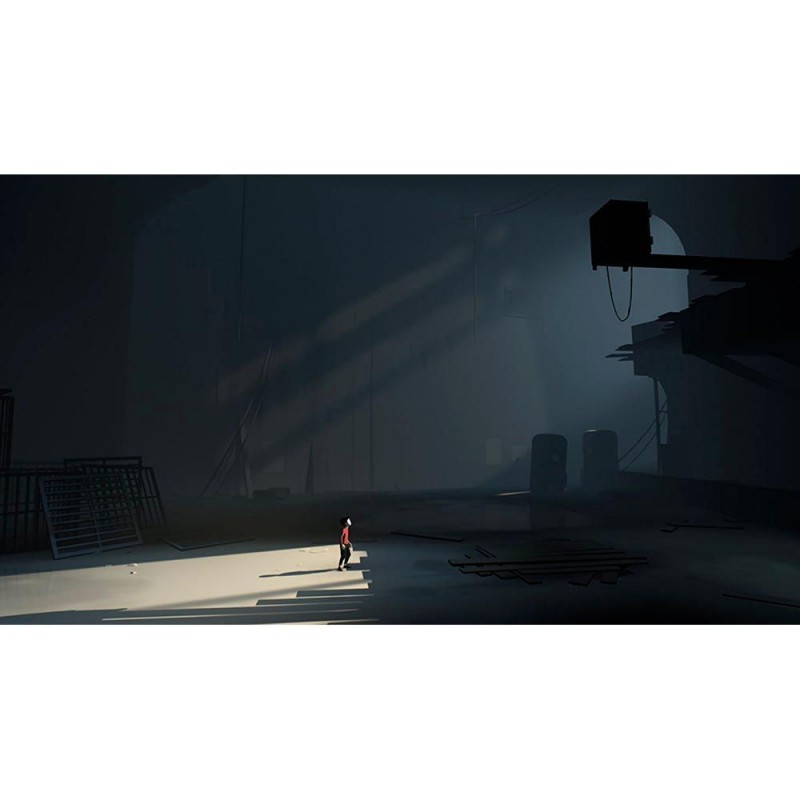
In some areas me "playing" Limbo involved the controller sitting by my side while I stared at the screen muttering to myself, deep in thought about the puzzle. Once you understand the "rules" of the area then it is a matter of logic. Some "areas" are larger than others (some are wholly visible on one screen) but with all of them the principle is the same – everything you need to progress is there, all you need to do is work out how to use them. The "tools" can be physical objects (mostly boxes to climb onto) or dynamic forces within the area (eg magnets that you can switch on/off). It sounds simple and, in hindsight it is, but yet it is also challenging and rewarding. Not a riddle but rather the ability to progress requires you to cross some sort of obstacle by using the tools available to you in that specific area. The point of the game is that every step of the game is a puzzle to solve. The "story" of Limbo is vague but essentially you play a boy who awakens in a dark world and moves sideways through it in a hunt for his sister – although it must be said that narrative is not really a huge part of the game and indeed the nature of the ending is part of that.

So perhaps with that in mind it is a surprise to find that one of the biggest hits of the year on Xbox Live Arcade (the online shop for "smaller" games on Xbox) is a 2D platform game where each level has to be completed in a very specific way in order to progress.


So your Red Dead Redemptions give you the ability to ignore the "main" story and do loads of other things if you so desire, while the large levels in some first person shooters mean that, although you are doing the same mission, you have options in terms of how you approach the action and where you go. This year (in particular quarter 3) has been a very busy one for games but generally the focus increasingly seems to be on graphically detailed, expansive worlds where the playing style is either free-roaming or has an element of freedom of movement within it.


 0 kommentar(er)
0 kommentar(er)
